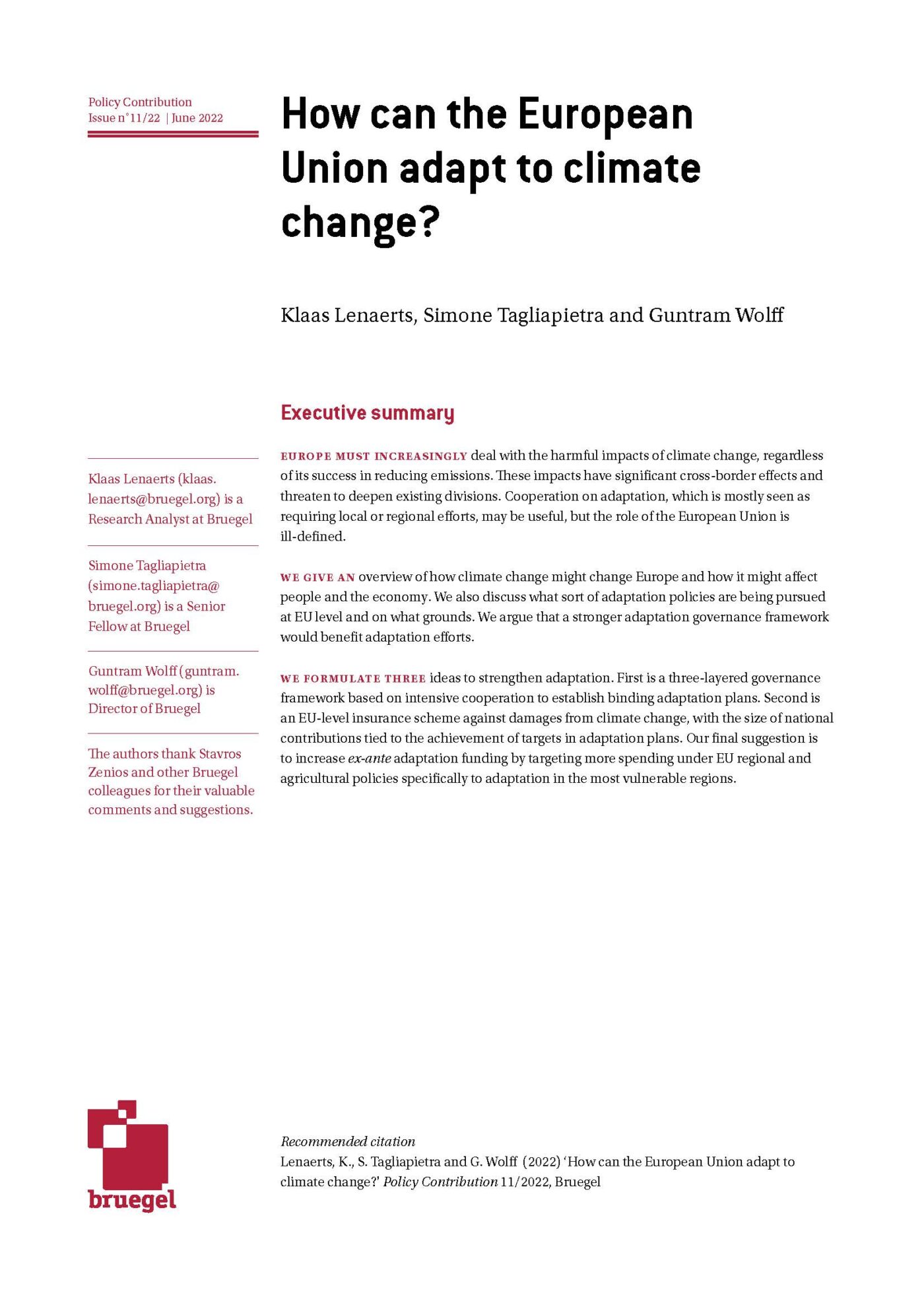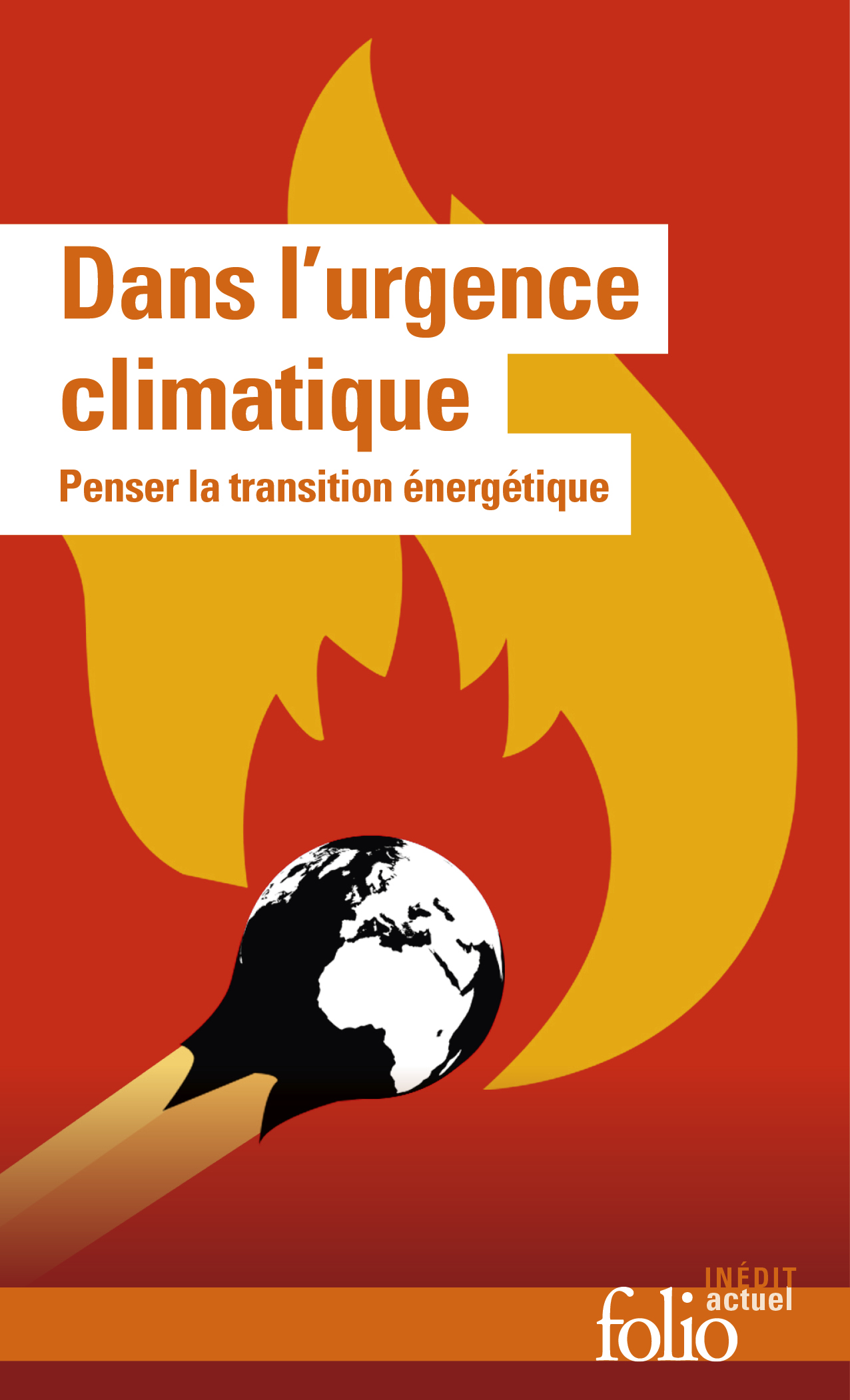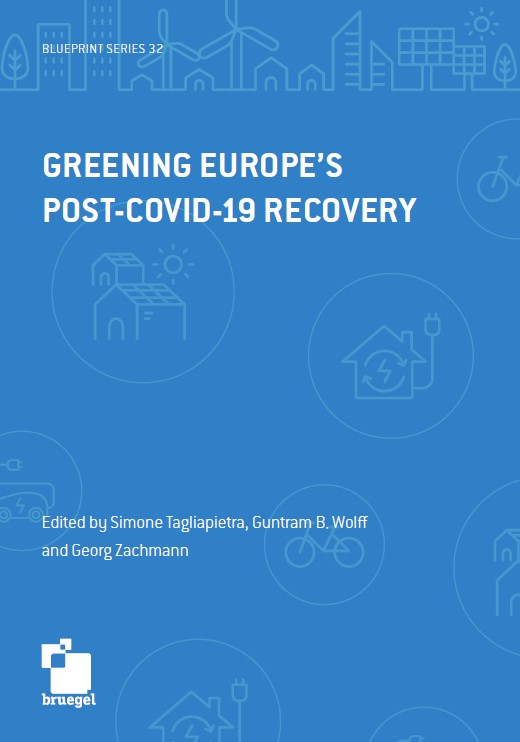Blog Post
Targeted horizontal industrial policy: green, regional and European
Creating the conditions for the most promising low-carbon sectors to grow is the most efficient way to enable decarbonisation. As sector potential is regional and associated with regions' current strengths in related technologies, policy should aim to boost the growth potential of low-carbon technologies on a regional level.
Global decarbonisation has already revolutionised some major economic sectors. In the electricity generation technology market, wind and solar today amount to almost 70% of new capacities. In the automotive sector, the market valuation of Tesla now exceeds that of any other car manufacturer, implying investors expect rapid growth in revenues. But this might only be the beginning. Many other sectors including agriculture, shipping and metals will need to be decarbonised to get at least close to the net-zero emission target stipulated in the Paris Agreement. Similar to electricity and vehicles, turning sometimes century-old inventions, such as batteries and electrolysis, into market-ready, increasingly cost-competitive technologies will be a main avenue for decarbonisation of these sectors.
Figure 1: Global market volumes of environmental technology and resource efficiency (€ billions)

Source: BMU, GreenTech made in Germany 2018, p7.
Europe’s commitment to a strong climate policy means it is likely to become one of the pilot markets for these technologies. But being a pilot market does not automatically translate into developing a competitive edge in the emerging sectors, as the limited success of photovoltaic cell production in Europe shows. To enable domestic companies to flourish in these emerging sectors, policymakers must complement the creation of early markets for decarbonisation technologies with some form of industrial policy.
However, vertical industrial policy that supports specific projects or companies carries the risk that policymakers will hand-pick projects backed by current incumbents, which might obstruct new entrants and the development of unexpected solutions. The aim should therefore be for horizontal industrial policy that improves the general business environment for all projects and companies. Alongside environmental legislation, such as carbon pricing, the emergence of new players and ideas can be facilitated by better infrastructure, or reformed taxation or education policy.
The problem of course is that so many different measures could be taken to improve the general business environment, but state financial and administrative resources are limited. It therefore makes sense for policymakers to target public resources at improving the enabling conditions for those sectors that are most promising.
Regions have different potential in different low-carbon technologies. Based on technological proximity (or the overlap of pools of knowledge) we see more potential in electric vehicles technology, for example, in south-west Germany than in Apulia, Italy. However, the inverse is true for insulation technology (this is somewhat akin to Hidalgo et al, 2019). To make the best use of public resources, policy interventions should be targeted at improving the enabling conditions for promising sectors in given regions.
Figure 2: Potential comparative technological advantage in electric vehicles and insulation technology in the EU

Source: Bruegel. Note: in 2019, the darker green regions had a higher comparative technological advantage (patent specialisation) in technologies related to electric vehicles and insulation technology. For more detail see Bergamini, E. and G. Zachmann (2020) ‘Understanding the European Union’s regional potential in low-carbon technologies’, Working Paper 07/2020, Bruegel
But does that mean that only a few innovative regions should receive support? The example illustrated by Figure 2 indicates that regional potential in green technologies – when measured as comparative advantage – is not only driven by how innovative regions are. While some very innovative regions will be more likely to develop or expand their comparative advantage in certain low-carbon technologies (eg batteries), comparative advantage in other technologies (eg hydro technology) is less strongly correlated with how innovative a region is. The positive correlation for all low-carbon technologies implies that, overall, being innovative will help a region to excel in low-carbon technologies. But as correlations are far from perfect, regions that are traditionally less-innovative might of course develop or strengthen a comparative advantage in a specific low-carbon technology.
After identifying promising sectors in specific regions, policy could focus resources on improving the enabling conditions so this potential can be realised. We have analysed (in a forthcoming working paper) which regional structural and policy variables are associated with technological advantage. We found that favourable demographic and educational variables in the past are associated with regional comparative advantage in low-carbon technologies. This somewhat unsurprising result is good news for the type of data-driven policy advice we have in mind. The results of our exploratory approach imply that it might be possible to identify which combination of horizontal policy measures would be most likely to affect future competitiveness in specific sectors in individual regions. Based on this, a comprehensive analysis would involve a much broader set of regional-level policy data (covering variables such as infrastructure and taxation). The corresponding results on association of policy variables and competitiveness would indicate where it might be worthwhile to further explore causality in order to devise policy-recommendations.
Recommended citation:
Bergamini, E and Zachmann, G. (2020) ‘Targeted horizontal industrial policy: green, regional and European’, Bruegel Blog, 23 November
Annex: technology networks
From an EU policy perspective, it is also important to note that some low-carbon technologies, such as wind energy, exhibit significant cross-border spill-overs, as measured by patents jointly applied for by applicants from different countries (for example, Germany and Denmark), while other innovation systems, such as nuclear, are strictly national. This type of analysis can inform decisions on the degree to which EU innovation support systems can be justified by positive externalities.
Figure 3: Co-patenting networks

Republishing and referencing
Bruegel considers itself a public good and takes no institutional standpoint. Anyone is free to republish and/or quote this post without prior consent. Please provide a full reference, clearly stating Bruegel and the relevant author as the source, and include a prominent hyperlink to the original post.










